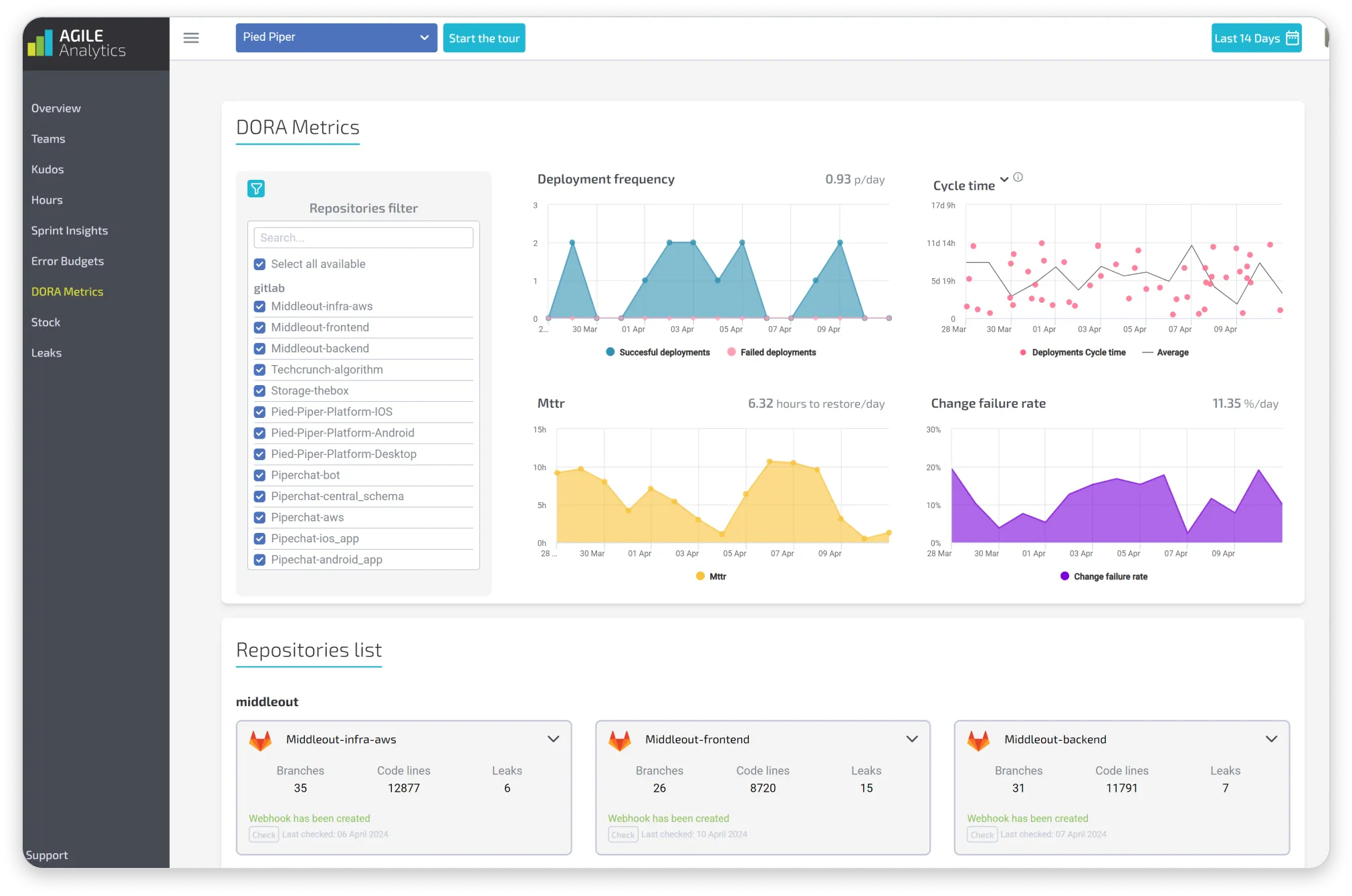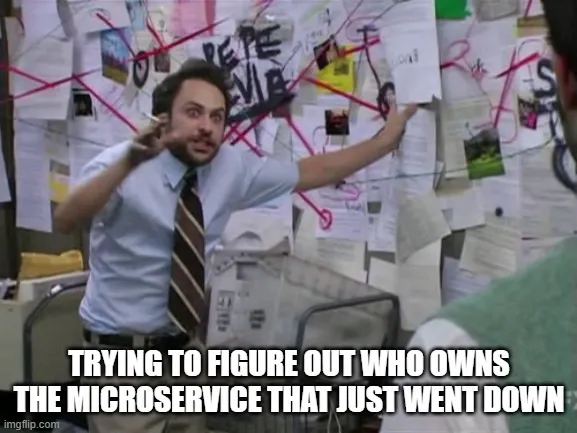
Modern software delivery demands speed, stability, and resilience, and achieving all three is no easy feat. Agile methodologies promise adaptability and faster delivery, while Site Reliability Engineering (SRE) brings operational excellence and system reliability. But these approaches don’t have to exist in silos.
AgileOps is the convergence of Agile and SRE practices: a cultural and operational framework that blends iterative development with reliability-focused operations. This union helps organisations move fast without breaking things – and fix what does break, faster.
Why Agile and SRE Need Each Other
Agile has transformed how teams plan, build, and ship software. It prioritises customer value, fast feedback, and continuous improvement. But Agile's speed and flexibility often come with risks: unstable releases, burnout, or fragile deployments.
On the flip side, SRE focuses on system reliability, error budgets, incident response, and measurable service levels. SRE ensures systems are maintainable, observable, and recoverable. But taken in isolation, it can lead to overengineering or bottlenecks in delivery speed.
AgileOps bridges the gap. It brings agility to reliability practices and embeds reliability into the agile delivery process.
Core Principles of AgileOps
1. Customer Value + Service Reliability
Agile delivers customer value quickly.
SRE ensures that value is delivered reliably.
AgileOps aligns both through shared priorities and metrics.
2. Error Budgets as a Shared Constraint
An error budget is the amount of acceptable unreliability over time.
AgileOps uses this budget to balance speed vs. stability.
Product teams and ops share ownership of performance targets.
3. SLOs Embedded in Sprint Goals
SLOs (Service Level Objectives) are not just for ops teams.
AgileOps teams track reliability targets during sprint planning and retros.
This helps prioritise technical debt, reliability fixes, or observability gaps.
4. Collaborative Incident Management
Incidents are not only operational issues—they're team learning moments.
AgileOps teams treat incident reviews like agile retrospectives: blameless, cross-functional, and action-oriented.
5. Continuous Delivery with Guardrails
Agile encourages small, frequent releases.
SRE practices ensure those releases don’t compromise uptime.
AgileOps uses CI/CD pipelines with automated tests, canary deployments, and observability hooks.
Metrics That Matter in AgileOps
AgileOps teams combine Agile and SRE metrics to get a holistic view of performance:
Category
Delivery
Reliability
Stability
Resilience
Team Health
Metric
Lead Time for Changes
SLO Compliance
Change Failure Rate
MTTR (Mean Time to Recovery)
Developer Satisfaction
Why It Matters
Measures the speed of development
Tracks system reliability targets
Shows risk introduced by changes
Measures how quickly teams recover from failure
Gauges sustainable delivery pace
These metrics help teams make trade-offs consciously – shipping faster when possible, and slowing down when needed to protect service quality.
How Agile Analytics Supports AgileOps
AgileOps thrives on visibility, alignment, and iteration. That’s where Agile Analytics comes in:
✅ Visualise DORA and SRE metrics across teams
✅ Track SLOs and Error Budgets in real-time
✅ Use survey insights to measure DevEx and team resilience
✅ Identify reliability trends and process friction
✅ Align delivery metrics with business outcomes
With Agile Analytics, teams don’t just collect data –they use it to decide smarter, ship better, and recover faster.

Final Thoughts
AgileOps isn’t a toolset – it’s a mindset. It recognises that velocity without reliability leads to burnout, and reliability without agility leads to stagnation.
When Agile and SRE work together, engineering teams can build fast and operate confidently –delivering not just features, but value that lasts.
Supercharge your Software Delivery!
Implement DevOps with Agile Analytics
Implement Site Reliability with Agile Analytics
Implement Service Level Objectives with Agile Analytics
Implement DORA Metrics with Agile Analytics






